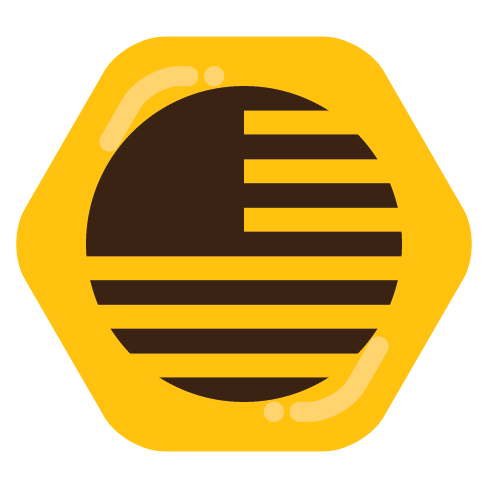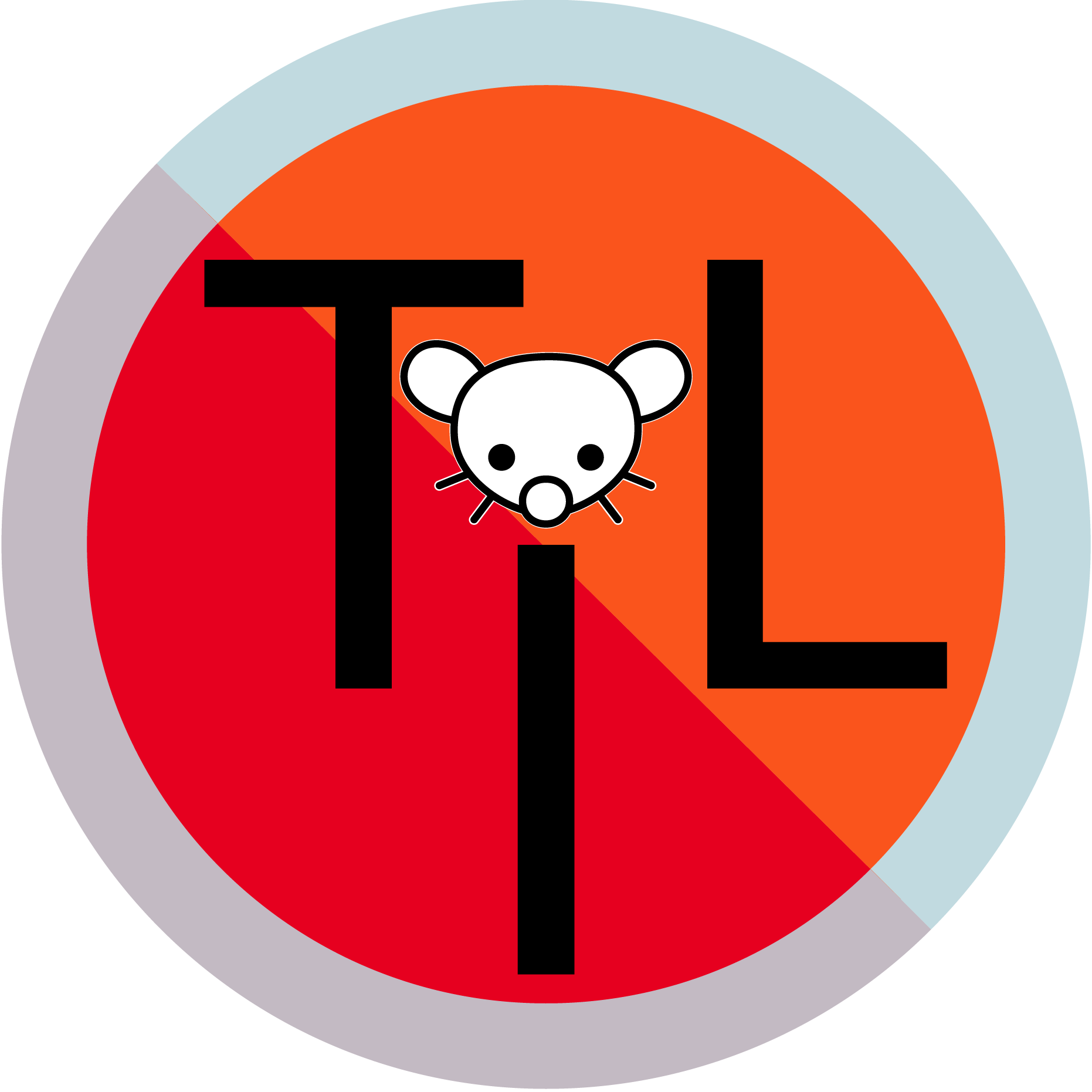

My first temptation was to say that it might be an age thing, but then I know many people my age who still don’t care about plants.
For me, it’s like a switch flipped one day. When I was younger, I just didn’t really care, and the few times I was given a plant, it did not end well. Figured that I just had a brown thumb.
But, maybe 10-some-odd years ago, I got a peace lily, and, by then, something had changed. I wanted to see this plant thrive, and it brought me just a little bit of satisfaction to see it doing well. It doesn’t hurt that peace lilies will tell you when they need watered, and, as such are pretty easy to keep.
I’m still not the best plant dad, but I’d since gone on to buy about a dozen more and appreciate the bit of greenery around the house.












I’m no conspiracist, but… If I were a malicious—perhaps foreign—power and I saw how well that kind of fake news spread and how much staying power it had, despite it being totally far-fetched, and yet easily-verifiable, I’d be absolutely fucking giddy.
It would be the surest sign that I could now spread any bit of disinformation, particularly anything not easily-verifiable, and absolutely tear the country apart.